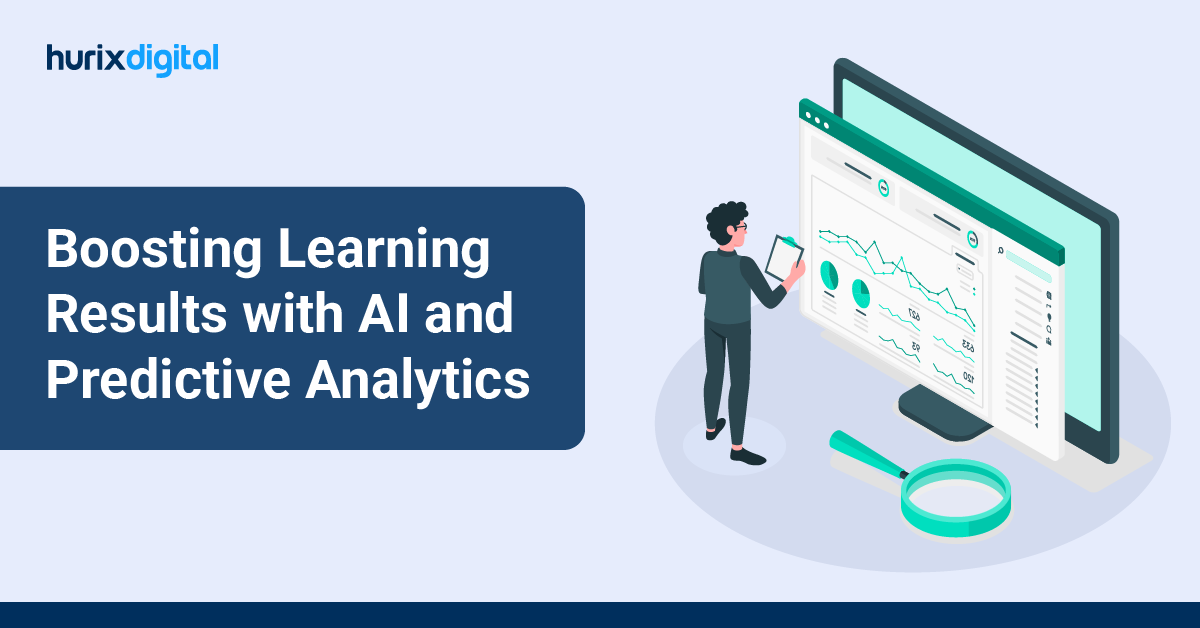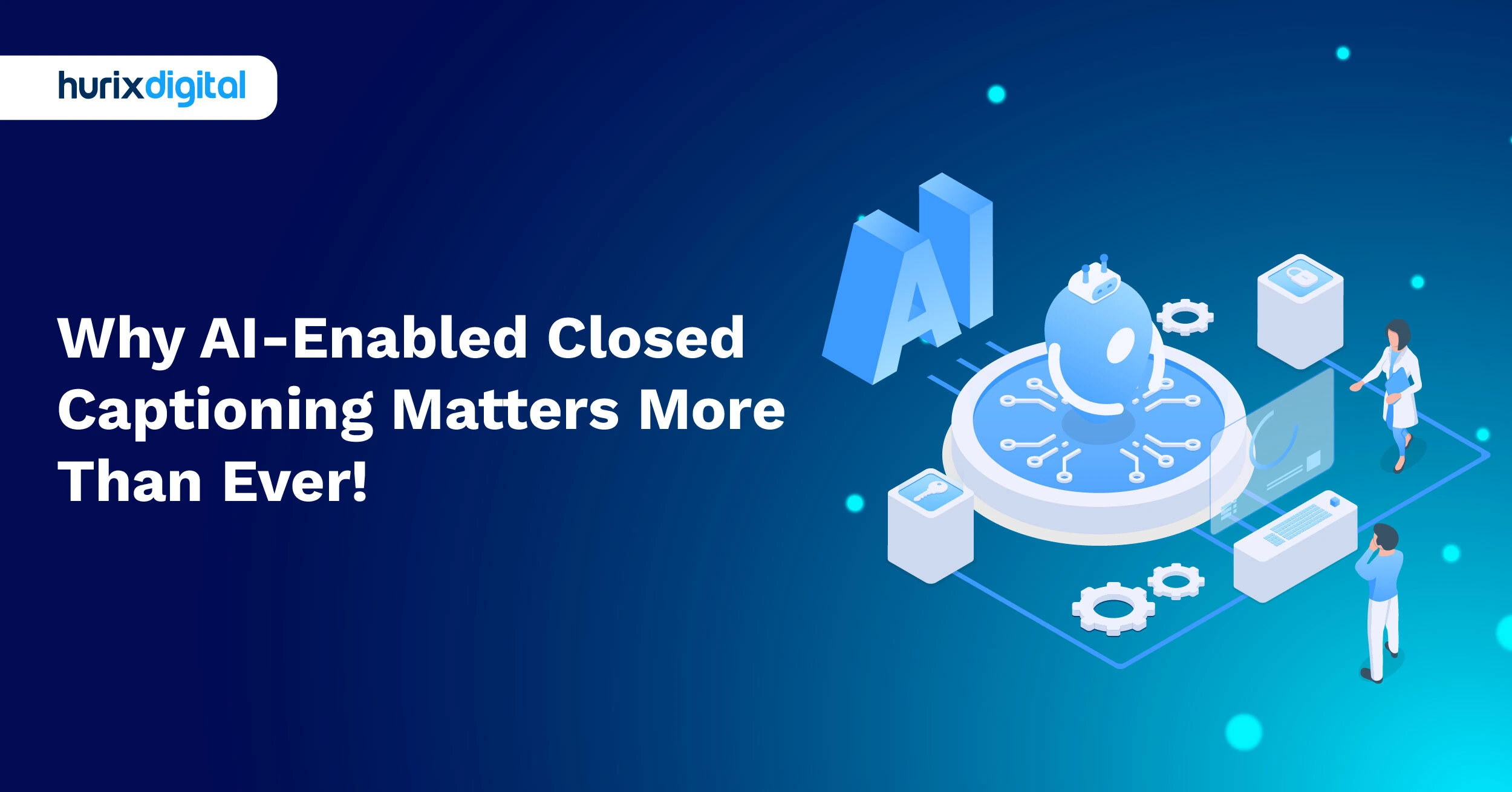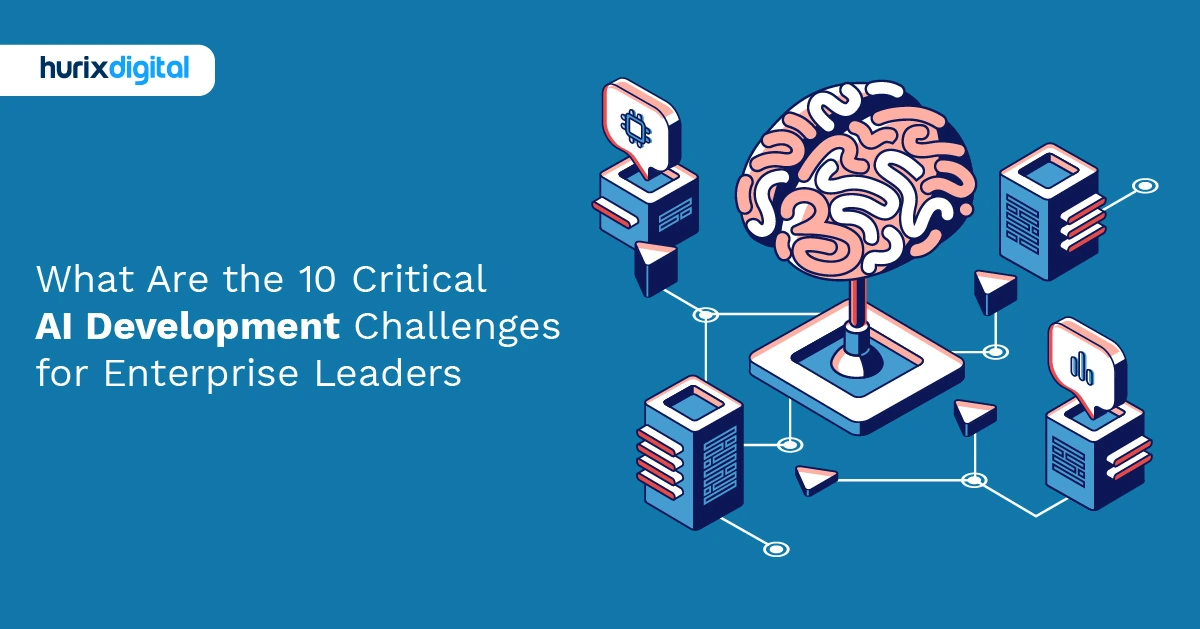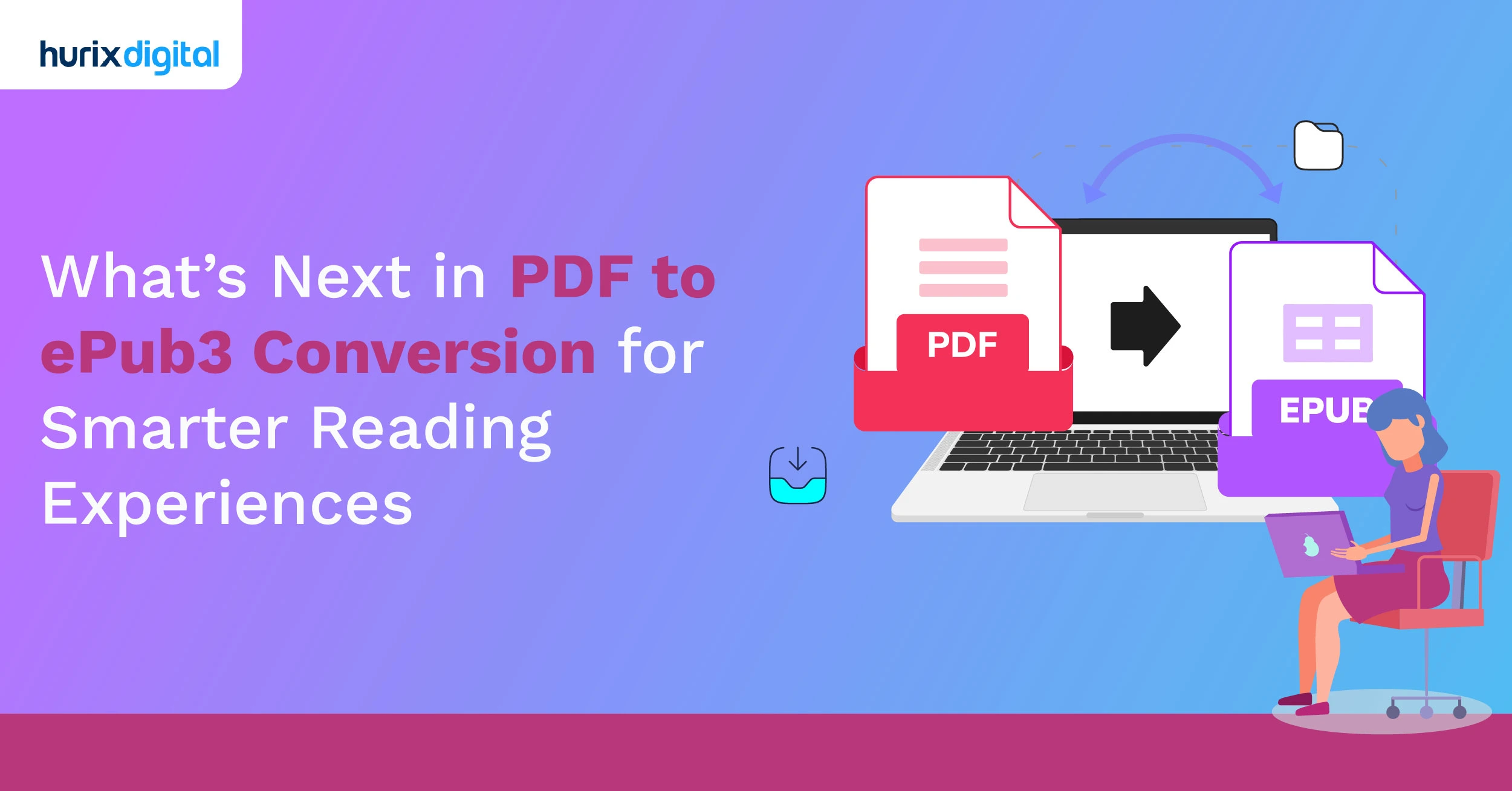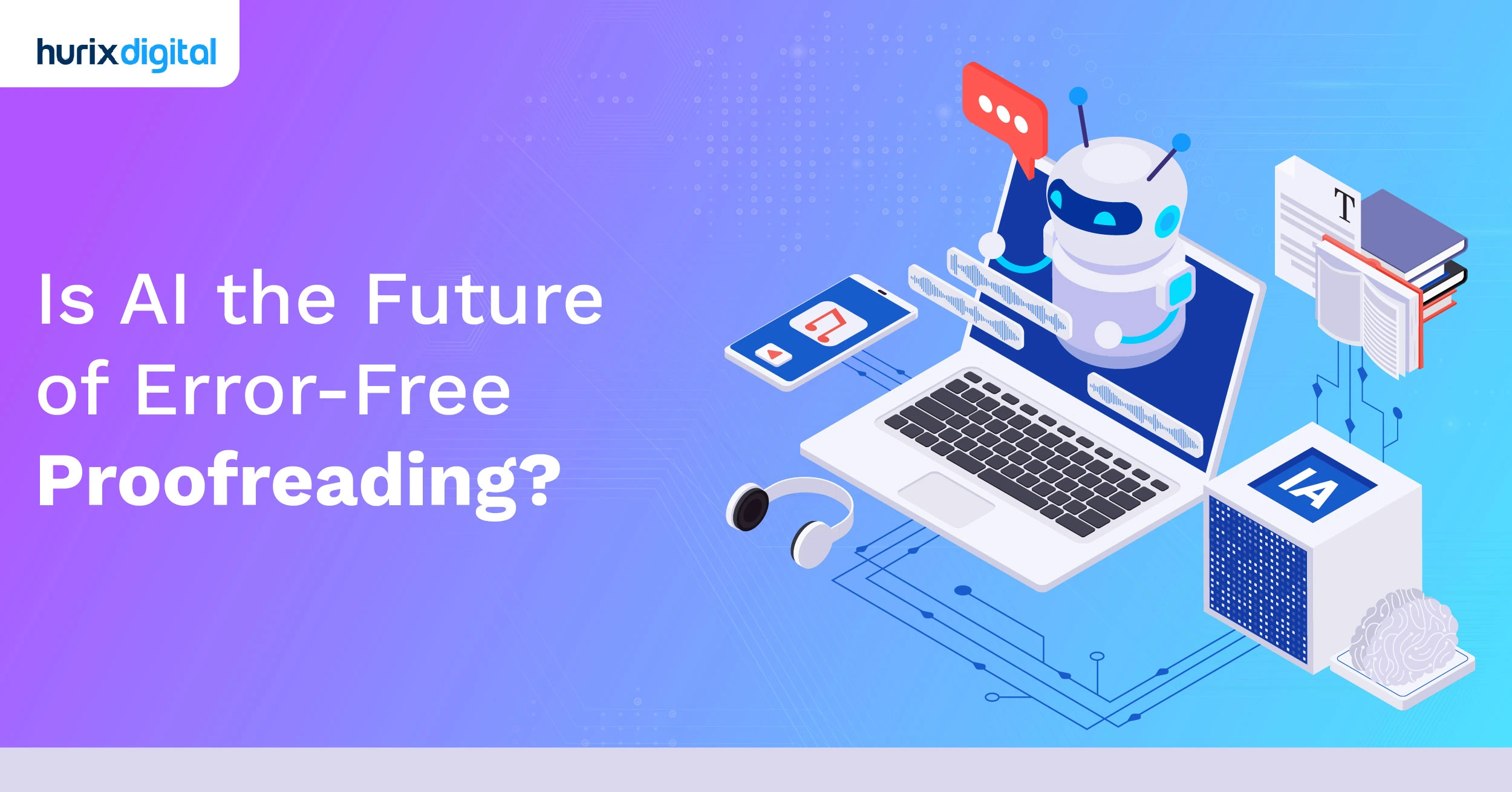
Is AI the Future of Error-Free Proofreading?
Summarize with:
Proofreading involves meticulously examining text and pagination, safeguarding against disruptions in the flow of content while publishing with software like Adobe InDesign.
Consistency, a hallmark of effective communication, is meticulously maintained through the proofreading process. Formatting, style, and language adhere harmoniously throughout the document. Brand consistency is paramount for businesses, and proofreading plays an important role in ensuring that the content aligns seamlessly with the established brand guidelines.
As technology advances, the incorporation of AI-powered proofreading tools has become a revolutionary influence in publishing. These tools utilize machine learning algorithms to detect and correct grammatical errors and improve writing style.
In this blog, we will discuss why copyediting and proofreading services are imperative when working with publishing software and further discover the role of AI in these tasks.
Table of Contents:
- How Does an AI-Powered Proofreader Work?
- The Capabilities and Limitations of AI Proofreading Tools
- AI-Powered Proofreading Vs. AI-Powered Copyediting
- Why AI Tools Can’t Replace Professional Proofreaders?
- AI-Assisted Proofreading: The Right Answer
- AI Proofreading: Complement, Not Replacement
How Does an AI-Powered Proofreader Work?
AI proofreaders employ natural language processing (NLP) and machine learning algorithms to analyze and correct written text. They begin by analyzing the input text, which involves breaking down the text into individual words, sentences, and paragraphs.
The proofreader uses pre-programmed grammar and syntax rules to identify potential errors. These rules cover spelling, punctuation, grammar, sentence structure, and syntax. Advanced AI-powered proofreaders go beyond basic rule-based checks and incorporate contextual understanding to identify ambiguous phrases, suggest improvements, and make corrections.
Machine learning models are trained on vast datasets that include correctly written text and examples of common errors. Once errors are detected, the proofreader generates suggestions for corrections. Users can interact with the proofreader by reviewing and accepting or rejecting the suggested corrections.
AI proofreading may also incorporate a feedback loop that allows users to provide feedback on suggested corrections.

The Capabilities and Limitations of AI Proofreading Tools
Before jumping to any conclusions, it is important to understand what AI proofreading tools can or cannot do.
What AI Tools Can Do:
- AI tools can quickly scan content and offer suggestions far beyond a basic spellchecker.
- AI proofreading tools can check grammar and suggest ways to simplify complex sentences.
- These tools can adjust tone to align with a brand’s voice or target audience.
- Much like standard spellcheckers, they can identify and correct punctuation, spelling, word choice, and formatting errors.
- AI proofreading tools go a step further than regular spellcheckers and grammar checkers by uncovering tone, formality, and clarity inconsistencies.
- AI tools can also detect plagiarism and even point out machine-paraphrased plagiarism.
- AI proofreading tools can work efficiently and quickly in the cloud on large volumes of text without depending on the capabilities of your local environment.
- AI proofreading tools can adapt to variations in writing styles and can be trained on specific style guides.
What AI Tools Cannot Do:
- AI proofreading tools struggle to identify subtle and awkward phrasing that a human reader will find hard to ignore.
- AI tools aren’t the best fit for detecting nuances in tone and style. This can lead to a lack of alignment with the intended message and audience.
- AI proofreading tools may not handle non-standard spelling, grammar, and punctuation as effectively as human proofreaders. Often, they can correct the spelling of proper nouns, words, and phrases used in a different language.
- AI tools cannot offer advice on the structure and flow of a document.
- They are not designed to highlight potential ethical issues like libel or plagiarism.
- AI proofreading tools cannot offer feedback, discuss the author’s intent, or alter their stance.
- AI proofreading tools lack the intrinsic capacity for critical thought and problem-solving, which is still a very human trait.
- AI tools are not designed to identify unconvincing examples, character development, plot holes, bad use of bullet lists, or inappropriate humor.
- They cannot opine on trite, tired, or just plain boring writing or offer advice on improving bad pacing, vision-only descriptions, and weak conclusions.
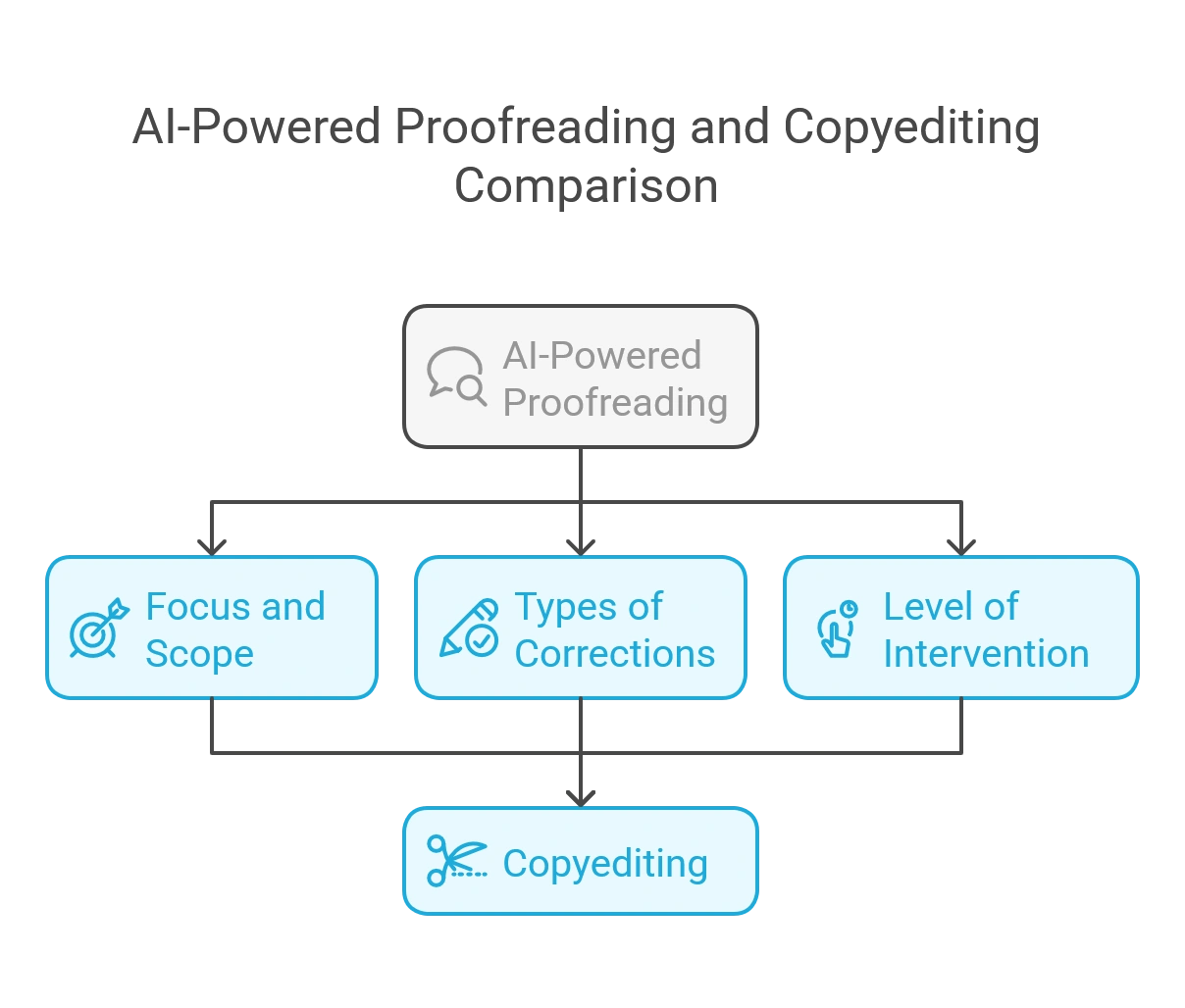
AI-Powered Proofreading Vs. AI-Powered Copyediting
AI-powered proofreading and AI-powered copyediting tools are both applications of artificial intelligence in language-related tasks, but they serve distinct purposes in the writing and editing processes.
Here is a detailed comparison of AI-powered copyediting vs proofreading, highlighting the major differences between the two:
1. Focus and Scope
- AI-Powered Proofreading: The primary focus of AI-powered proofreading is to identify and correct surface-level errors in grammar, spelling, punctuation, and syntax. It is designed to catch and rectify mistakes that may have been overlooked during the writing and editing process, ensuring a polished and error-free document.
- AI-Powered Copyediting: AI-powered copyediting, on the other hand, goes beyond surface-level errors. It involves a more comprehensive analysis of the text, addressing issues related to style, tone, clarity, consistency, and overall writing quality. Copyediting aims to enhance the overall flow and coherence of the content.
2. Types of Corrections
- AI-Powered Proofreading: Corrections made by AI-powered proofreading tools are often straightforward and focus on fixing technical errors. These may include correcting misspelled words, adjusting punctuation, and ensuring proper grammar usage.
- AI-Powered Copyediting: In addition to technical corrections, AI-powered copyediting tools provide suggestions for improving sentence structure, refining word choices, and optimizing the overall writing style. They may also offer insights into the organization of ideas, helping to enhance the overall readability and effectiveness of the content
3. Level of Intervention
- AI-Powered Proofreading: Proofreading tools typically offer more automated interventions, directly correcting identified errors without requiring extensive user input. The user often reviews and accepts the suggested corrections with minimal involvement in the decision-making process.
- AI-Powered Copyediting: Copyediting tools may provide suggestions and feedback that require more user engagement. Writers or editors may need to make decisions about style preferences, tone adjustments, and other aspects of writing improvement.
In short, while both AI-powered proofreading and AI-powered copyediting employ artificial intelligence for language-related tasks, the former primarily targets technical errors, whereas the latter extends its capabilities for improvements in writing style, clarity, and overall quality.
Why AI Tools Can’t Replace Professional Proofreaders?
Now that we understand what AI proofreading tools can and cannot do, it is easy to understand why they will not soon replace professional proofreaders.
To reiterate, the main reasons can be summarised as follows:
- Accuracy: Although AI experts train these tools on vast datasets to identify spelling mistakes, grammatical errors, and formatting inconsistencies, they cannot accurately grasp the intricacies of context-dependent language.
- Contextual Understanding: AI relies on predefined rules and patterns. It completely lacks a subtle understanding of human language and context. Human proofreaders bring their vast experience and knowledge to the table and can better contextualize information than AI tools.
- Factual Accuracy: AI sometimes confidently yields unreliable or inaccurate information, presenting it as the truth. This usually happens when it combines different pieces of information without paying heed to context. Only human fact-checking can ensure a write-up’s factual accuracy.
- Style Guide Limitations: AI algorithms do not have any understanding of the brand voice and team culture of specific organizations or industries. For this, you need a professional proofreader.
- Limited Language Support: AI proofreading tools can only spot errors if they fit certain parameters. Words from native languages can often carry over to English-language articles written for a multilingual audience. Unlike a human proofreader, AI tools will treat them as errors.
- Inability to Explain Corrections: AI tools often can’t explain why they make certain corrections.
- Inability to Understand Idiomatic Expressions: AI tools struggle with ambiguous phrasing, idiomatic expressions, and unconventional language usage.
- Inability to Understand Creative Writing: Human editors can recognize the nuances of tone and style, especially in creative writing. AI tools cannot grant the leeway needed for such writing in their application of grammar and punctuation rules.
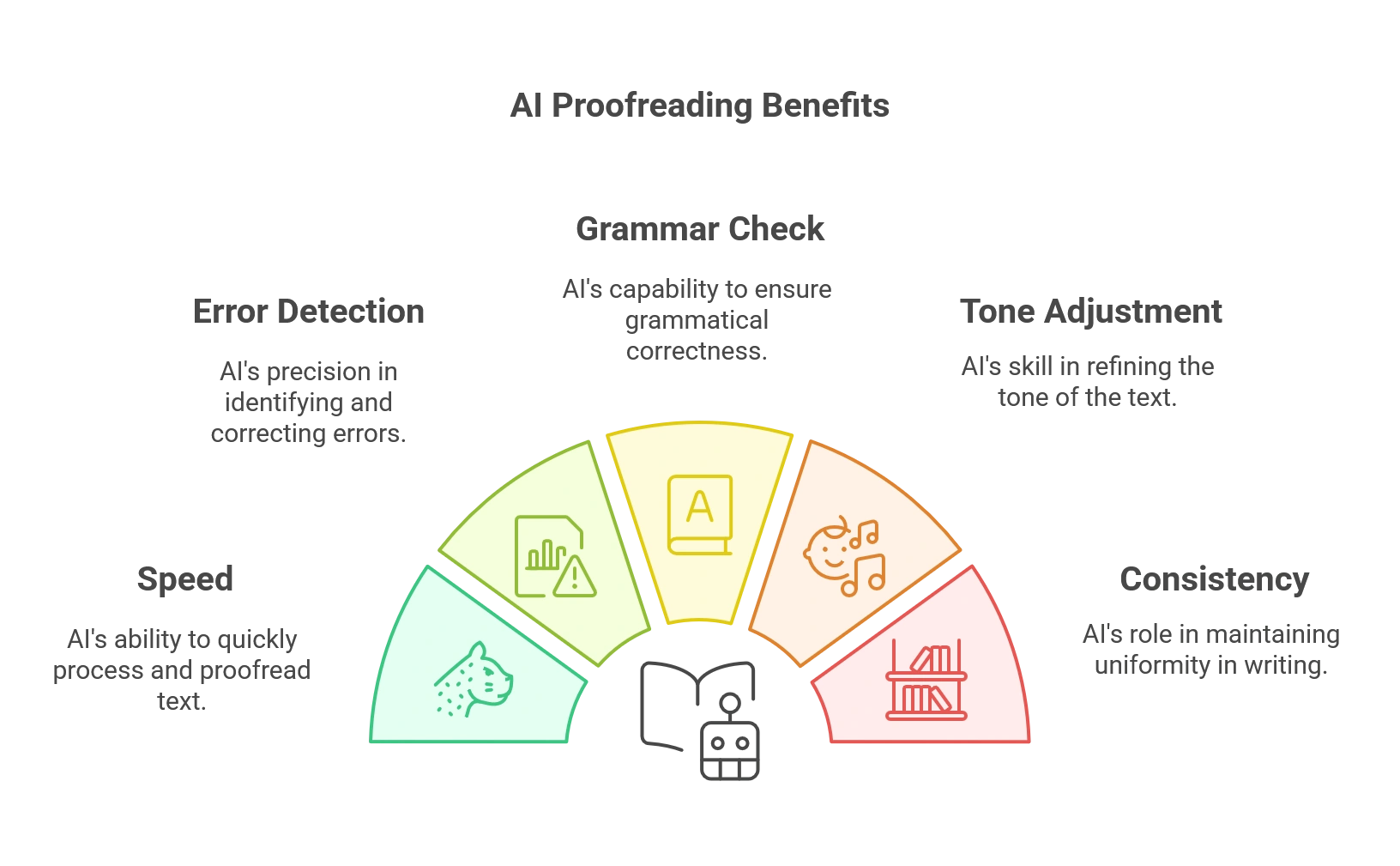
AI-Assisted Proofreading: The Right Answer
So, what is the purpose of AI proofreading tools? The answer is simple: to make the lives of professional proofreaders easier.
1. Speed
Professionals can use AI tools to significantly speed up the proofreading and editing process. This allows for more polished products to be published in a shorter timeframe.
2. Error Detection
AI can go beyond basic spellcheck and give more accurate results, helping professional proofreaders save time and effort.
3. Grammar Check and Readability Improvement
Unlike average grammar checks, AI proofreading tools can give you multiple suggestions on better phrasing a sentence. This improves the editing experience and solves readability issues.
4. Tone Adjustment
You can train AI proofreaders by tweaking basic criteria to detect better and correct the tone of an article.
5. Consistency and Efficiency
AI proofreading tools offer the benefit of improving consistency in projects that involve multiple authors or editors, as everyone sticks to the same rules. This also makes the entire process more efficient.
AI Proofreading: Complement, Not Replacement
As the discourse so far shows, the ideal approach is a harmonious blend of AI and human proofreading. What professional proofreaders need today is the right digital partner to help them leverage the power of AI. This is where Hurix Digital comes into the picture.
Hurix Digital‘s AI proofreading tools meticulously detect errors and ensure consistency in style and language. We offer customized options for businesses to cater to their brand voice. With our automated QA services, say goodbye to tedious manual proofreading and formatting checks today.
Contact us today to leverage the power of AI.
Summarize with:

Vice President – Content Transformation at HurixDigital, based in Chennai. With nearly 20 years in digital content, he leads large-scale transformation and accessibility initiatives. A frequent presenter (e.g., London Book Fair 2025), Gokulnath drives AI-powered publishing solutions and inclusive content strategies for global clients
 Upcoming Masterclass | Build an Army of Brand Evangelists using Training & Development | November 20th, 8:30 AM PDT | 11:30 AM EDT | 10:00 PM IST
Upcoming Masterclass | Build an Army of Brand Evangelists using Training & Development | November 20th, 8:30 AM PDT | 11:30 AM EDT | 10:00 PM IST

